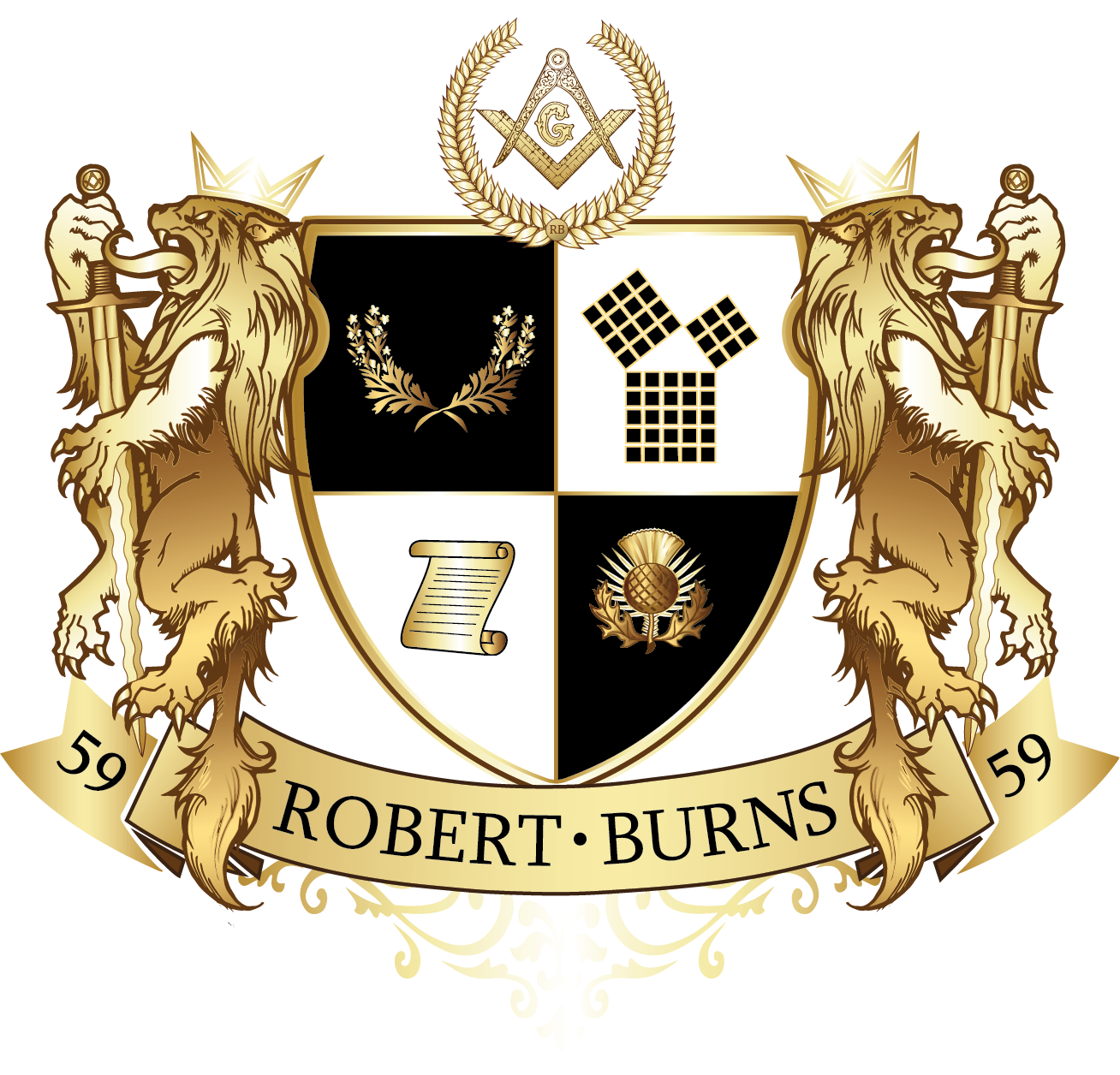The Primitive Rite or Rite of the Philadelphians of Narbonne
(1779)
By Robert Burns Lodge 59
RITE PRIMITIF OU DES PHILADELPHES DE NARBONNE, (The Primitive Rite of Narbonne): A Deep Analysis of its Origins, Degrees, Symbols, and Influence on Esoteric Thought
Introduction
The Primitive Rite, also known as the Rite of Narbonne or Rite of the Philadelphians, represents one of the most profound and intricate attempts to synthesize occult mysticism, theurgy, and Masonic ritual practice in the late 18th century. Emerging from the unique social tumult of Revolutionary France, the rite sought to incorporate mystical initiation, soul transmutation, and direct interaction with divine forces within conventional Freemasonry. This paper will provide an in-depth examination of the rite, exploring its founding context, extensive symbolism across all seven degrees,unique lodge structure, dissemination and decline, and lasting impact on Western esotericism.
Founding of the Order
The Primitive Rite arose during an era of tremendous philosophical, political and spiritual instability in France. While the Ancien Régime was being violently dismantled, a concurrent “occult revival” was underway, marked by a proliferation of esoteric orders, mysticism, and curiosity for alternative wisdom (Lachman, 2003). Jean-Baptiste Willermoz (1730-1824) was positioned at the cross-section of multiple esoteric currents, enabling him to synthesize them within a new Masonic framework. Willermoz was initiated into Masonry in 1750, where he quickly rose to Master level and served as Venerable Master of La Parfaitement Réunie in Lyon (Thory, 1815). His mystical inclinations led him to Martinez de Pasqually’s theurgic Order of Elect Cohens in 1767, of which he became an adept and leading member (Kuhlenbeck, 2010). Inspired to reform Masonry in the Elect Cohen mold, Willermoz founded the Primitive Rite in Narbonne on November 20, 1779 along with other prominent occult Masons Dr. Jean-Antoine Béguelin de Montléart and the Marquis de Chefdebien d’Armisson (Bazot, 1862). The new order was designed to integrate Pasqually’s theurgy with existing Masonic infrastructure.
Degrees, Rituals, and Occult Symbolism
The Primitive Rite consisted of seven initiatory degrees, each employing extensive occult symbolism and ritual drama:
- Apprenti – Focused on overcoming passions, purifying the soul. Featured Pythagorean metaphysics and meditation on the Fall.
- Compagnon – Dealt with mastering base emotions andincorporated elemental symbolism of water, air, earth and fire (Guénon, 1925).
- Maître – Introduced the Tetragrammaton and the Kabbalistic Tree of Life as tools for perfecting the soul.
- Electe – Concerned Christology and the Logos. Used Solomonic mythology to emphasize inner illumination.
- Maître Ecossais – Built upon Templar legends of the 14th century. Incorporated Gnostic themes of transcending mundane existence.
- Chevalier d’Orient – Explored mystical properties of light/darkness. Featured extensive blindfolded rituals and meditations.
- Chevalier de Rose-Croix – Culminating degree focused on direct soul integration with the divine via theurgy and invoking angels/names of God (Clavel, 1843).
The superior degrees involved increasing complex Kabbalistic and Enochian rituals designed to stimulate the soul’s latent spiritual senses (Howe, 1972). Rather than mere moral instruction, the intention was fundamentally operative – to reintegrate man’s severed connection to divinity. The entire journey cultivated a Gnostic sense of inner awakening and disillusionment with the corporeal world.
Lodge Structure and Administration
The rite’s integration of Cohen practices extended to its unique lodge structure. Lodges were called “Chapters” restricted to 9 members total – 3 Apprentis, 3 Compagnons, and 3 Maîtres. They represented the triadic body-mind-spirit nature of man. Overseeing each Chapter was a President, Secretary, and Monitor who tracked initiates’ progress through the grades (Guénon, 1925). Limiting Chapter size to 9 created an environment conducive to intimate work and direct transmission from adept to pupil.
The Primitive Rite was governed by a centralized Consistory created in 1801, comprised of an inner council of 12 members which coordinated standards for the degrees across lodges (Thory, 1815). Willermoz served as the Order’s Grand Hierophant until his death in 1824, succeeded by Charles Lechangeur then Alphonse Frank (Vibert, 1899). While successful in maintaining ritual coherence during the founder’s lifetime, the Consistory struggled to prevent schismatic factions from perforating after Willermoz’s passing.
Dissemination and Decline
At its peak around 1810, the Primitive Rite included over 50 lodges concentrated in Bordeaux, Marseilles, Montpellier, and Avignon (Clavel, 1843). It also penetrated esoteric circles in Switzerland, Russia, Frankfurt, and certain French colonial outposts. However, it always remained confined regionally in southern France and existed more as a sister order intertwined with Masonry rather than a massive independent fraternity. The rite directly inspired the Rectified Scottish Rite crafted by Jean-Baptiste Willermoz’s student Jean de Turckeim (Ambelain, 1948). The two rites operated symbiotically, with the Primitive Rite focused more on soul transmutation and theurgic practice versus the Rectified Rite’s philosophical emphasis.
After the chaos of the Revolution and Napoleonic Wars, the rite steadily declined, pressured by competing orders like the Swedenborgian Rite. It undertook small revivals under Theodor Reuss and Rudolf Steiner in the late 19th century but remained confined mostly to the south of France. Despite its limited lifespan and reach, the innovative character and occult intensity of the Primitive Rite exercised tremendous influence on esoteric groups that emerged afterwards, contributing substantially to the Western mysteries tradition.
Conclusion
In conclusion, the Primitive Rite or Rite of Narbonne represented a momentous “occult revival” within French Freemasonry. Founded in 1779 by Willermoz and fellow esoteric Masons, the order sought to integrate the theurgy and mysticism of Pasqually’s Elect Cohens with conventional Masonic ritual. Through its elaborate seven degree system encoded with dense symbolism and metaphysics, the Primitive Rite taught an initiatic process of inner soul rehabilitation and direct interaction with divinity. Highly exclusive in structure and intensely focused on spiritual instruction, the rite served as an crucial channel for transmission of esoteric thought during a turbulent era, leaving an indelible mark on the development of the Western esoteric tradition.
